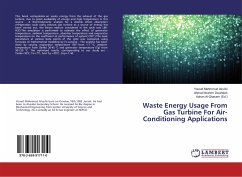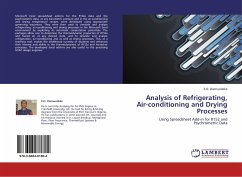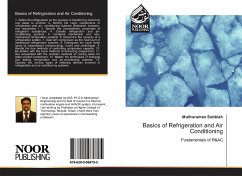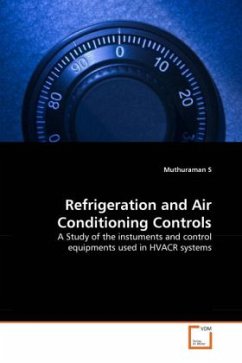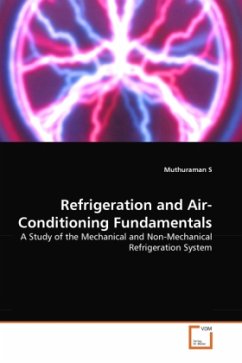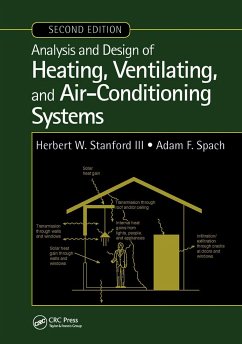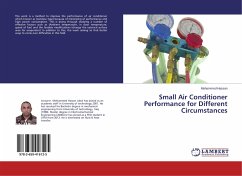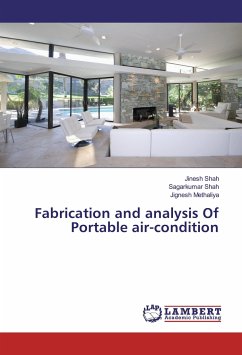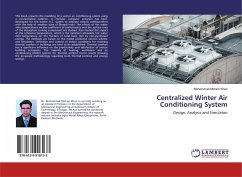
Centralized Winter Air Conditioning System
Design, Analysis and Simulaton
Versandkostenfrei!
Versandfertig in 6-10 Tagen
27,99 €
inkl. MwSt.

PAYBACK Punkte
14 °P sammeln!
This book presents the modeling of a winter air conditioning system using a concentrated collector. A modular computer program has been developed for the winter A.C. system to simulate various configurations with the help of weather data of Bhopal India. The effects of hot water inlet temperatures on the coefficient of performance and the surface area of the absorption cooling component are studied. Also studied the impact of the reference temperature, which is the minimum allowable hot water inlet temperature on the fraction of total load, met by non-purchased energy. The methods are based on...
This book presents the modeling of a winter air conditioning system using a concentrated collector. A modular computer program has been developed for the winter A.C. system to simulate various configurations with the help of weather data of Bhopal India. The effects of hot water inlet temperatures on the coefficient of performance and the surface area of the absorption cooling component are studied. Also studied the impact of the reference temperature, which is the minimum allowable hot water inlet temperature on the fraction of total load, met by non-purchased energy. The methods are based on the model predictive control scheme and simulation. Definition and control of indoor conditions for reaching thermal comfort in buildings are hard to be established. Thermal comfort has a significant influence on the productivity and satisfaction of indoor building occupants. The majority of heating, ventilation and air conditioning (HVAC) systems for thermal comfort hence results showing the proposed methodology regarding both thermal comfort and energy savings.




